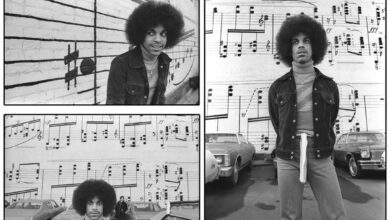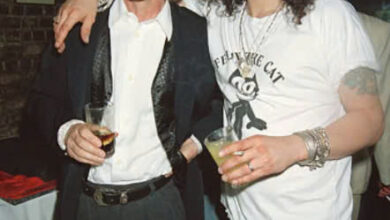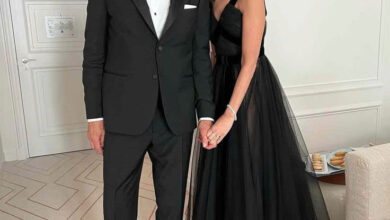Does Queen’s Brian May really use banjo strings for his guitar?
OPINION: This article may contain commentary which reflects the author's opinion.
It takes a special kind of guitar hero to master an array of different sounds on six strings. But how about achieving that variety in tone and intensity all on one single six-stringed instrument throughout a career lasting half a century? And let’s say you built that instrument with your own bare hands out of objects that happened to be lying around at home. Well, then you’d be Brian May, the guitarist behind Queen’s myriad sound-shifting experiments in operatic rock.
Almost every last one of the songs that made Queen a band for all time features the same guitar, May’s trusty Red Special, which the musician knocked together from scratch as a teenager with his father. May plays the instrument on everything from ‘Killer Queen’ to ‘We Will Rock You’, using the three separate on-off pickups he designed and wired himself to full effect. In fact, on the guitar solo mid-way through ‘Bohemian Rhapsody’, he works his way through every possible combination of pickup settings “just for fun”, as he recently told Premier Guitar.
May’s guitar has proven to be such a technological marvel that it’s been replicated by some of the biggest names in guitar manufacturing, and many of its technical innovations have been copied on mass-produced models. Not that the guitarist himself is too bothered either way, since for him, nothing beats the original. The one-of-a-kind model he constructed 61 years ago is still his preferred instrument for “98%” of the things he performs live or in the studio. It truly is a labour of love.
However, while the Red Special includes part of a 19th-century fireplace, a knitting needle from May’s mother, and some old buttons, not all of it is made from household items. May did have to obtain some fretwires and strings from a music shop, named one owned by Clifford Essex in London’s Cambridge Circus.
So, what type of strings did he choose?
According to May, Essex’s shop “was rooted in old, acoustic instruments and older players, bluegrass players” in particular. They primarily served banjo and mandolin players, which suited what the young guitarist was looking for. “In the old days, you couldn’t get thin guitar strings,” he explained to Guitarist magazine in 1992. So we used to go up there and get our .008” banjo strings and put them on the top and it really transformed what you could do.”
These thinner banjo strings allowed May to achieve a lighter, more colourful sound at the top-end of the Red Special’s range when required. Nowadays, though, there’s a much greater variety of light-gauge guitar strings available, so the Queen guitarist doesn’t need to string his instrument like a banjo in its upper range.
In a 1983 interview with Guitar Player, he made it clear that he’d already moved on from the practice of using banjo strings. “I use Rotosound round-wound strings,” May clarified, “gauged .008, .009, .011, .016, 0.22, and .034, high to low.” These are nickel-on-steel strings produced specially for an electric guitar.
Yet, aside from replacement strings, a few new frets, and a new finish around 15 years ago, the Red Special is still the same hunk of wood and refashioned homeware that May had first completed in his father’s workshop back in 1963. That was the year before Pete Townshend broke his first guitar on stage. And it’s outlasted 35 more since.



